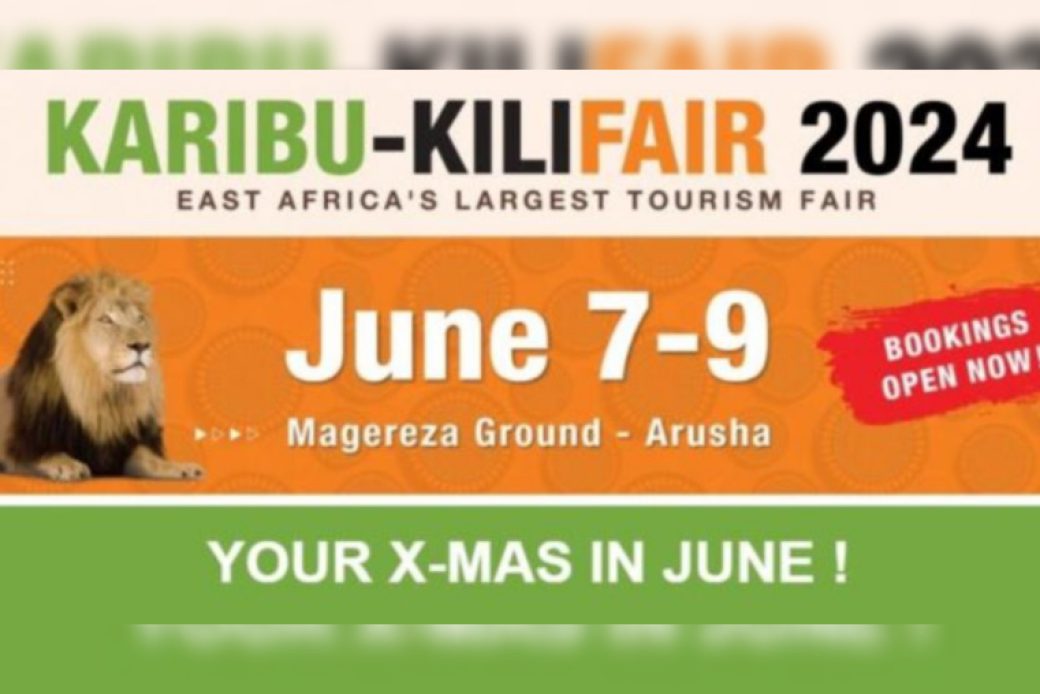Every year, the lush landscape of East Africa transforms into a bustling hub of excitement with the Karibu-Kili Fair, attracting thousands from across the globe. As the largest tourism expo in the region, it offers a vibrant showcase of cultural richness and natural wonders. Could the beauty of a place be more compellingly than through a collective celebration of what makes it special?
Established in 2000, the Karibu-Kili Fair has grown exponentially, mirroring the thriving tourism industry in East Africa. With over 300 exhibitors and 5,000 visitors annually, it is a key event that symbolizes not just a marketplace, but also a celebration of community and innovation within the tourism sector. The fair’s historical roots and expansive scale make it a pivotal fixture for experts and enthusiasts alike, sparking collaborations and forging new pathways in sustainable travel.

Exploring the Karibu-Kili Fair: East Africa’s Largest Tourism Expo
The Karibu-Kili Fair is a must-visit event for anyone interested in African culture and adventure. Held annually in East Africa, it features over 300 exhibitors from around the continent. This gathering showcases the best in tourism, offering visitors a unique opportunity to explore new travel ideas. Both local and international tourism companies participate to highlight diverse experiences like safaris, beach holidays, and mountain treks. The fair serves as a central hub for travel enthusiasts and industry professionals.
Visitors can see traditional dances and taste local foods, making the fair an immersive cultural experience. According to this post, the fair not only promotes tourism but also encourages cultural exchanges. There’s a rich mix of attractions, from the vibrant Maasai markets to presentations on conservation efforts. It’s a place where people form lasting connections while discovering the beauty and diversity of East Africa. The event also emphasizes sustainable tourism practices.
The impact of the Karibu-Kili Fair extends beyond just tourism; it boosts local economies significantly. According to the article here, the fair attracts over 5,000 visitors each year, enhancing business opportunities for local artisans and tour operators. It serves as a platform for networking and cooperation among different stakeholders in the tourism industry. Through workshops and seminars, the fair also educates attendees on sustainable tourism practices, ensuring tourism growth aligns with environmental conservation. This blend of commerce with education distinguishes it as a pioneering event.
Apart from its cultural and economic benefits, the fair offers a glimpse into East Africa’s future as a leading tourism destination. With multi-day events that include guided tours to nearby attractions like Mount Kilimanjaro and Serengeti National Park, it combines education with entertainment seamlessly. The fair is a dynamic experience, making it a highlight for anyone looking to explore the incredible landscapes of East Africa. In a world seeking genuine and rewarding travel experiences, the Karibu-Kili Fair stands out as an invaluable resource, timely in its approach and global in its impact.
History and Evolution of the Karibu-Kili Fair
The Karibu-Kili Fair began in 2000 as a small local event. Initially, it aimed to promote Tanzania’s unique attractions, like its stunning safaris and beautiful beaches. Over the years, it has expanded significantly, attracting exhibitors and visitors from across East Africa and beyond. The fair’s growth reflects the region’s rising status as a premier tourism destination. Today, it’s considered the largest tourism expo in East Africa.
Several milestones have marked the fair’s evolution. For instance, the introduction of international exhibitors brought global attention and offered a broader range of experiences. The fair also started incorporating modern technology to enhance the visitor experience, like virtual reality tours of popular destinations. These advancements showcase how the event has adapted to changing times and trends. It continues to innovate, attracting more visitors each year.
One significant change in recent years has been the fair’s focus on sustainable tourism. Workshops and seminars frequently address issues like environmental conservation and community involvement. Exhibitors now showcase eco-friendly travel options and initiatives, aligning with global trends toward responsible tourism. Visitors can gain insights into how they can travel sustainably while supporting local communities. This shift has positioned the Karibu-Kili Fair as a leader in promoting ethical travel experiences.
The fair’s history is a testament to its ongoing relevance and impact. It has successfully fostered a sense of community among travel enthusiasts and industry professionals. The event allows for meaningful exchanges and networking opportunities that contribute to the region’s tourism growth. As the fair continues to evolve, it remains rooted in its mission to celebrate and promote the beauty and diversity of East Africa. This enduring focus ensures its continued popularity and success.
The Impact of the Karibu-Kili Fair on East African Tourism
The Karibu-Kili Fair has profoundly influenced East African tourism. By drawing thousands of tourists annually, it has become a significant economic driver for the region. Local businesses, from hotels to tour operators, see a noticeable increase in activity during the fair. This influx of visitors stimulates the local economy, fostering growth and development. Local artisans also benefit, as the fair provides a platform to showcase their crafts.
Moreover, the fair promotes cultural exchange, as visitors from various countries experience East African traditions. This exposure helps preserve and celebrate the region’s rich cultural heritage. Tourists engage in activities like traditional dances and cooking classes, enhancing their understanding of African culture. These experiences create lasting memories and foster deeper connections between tourists and locals. Cultural exchange also encourages global awareness and appreciation for diversity.
Sustainable tourism is another key focus of the Karibu-Kili Fair. Workshops and seminars at the event educate attendees on the importance of protecting natural resources. The fair promotes eco-friendly travel options and highlights conservation projects in the region. This commitment to sustainability resonates with environmentally conscious travelers. Ultimately, it helps ensure the longevity and preservation of East Africa’s stunning landscapes and wildlife.
The fair also acts as a networking hub for professionals in the tourism industry. Travel agents, hotel owners, and tour operators connect, share ideas, and form partnerships. According to this post, such networking opportunities are essential for industry growth. The fair’s role in facilitating these connections cannot be overstated. By fostering collaboration, the Karibu-Kili Fair strengthens the overall tourism sector in East Africa.
Key Takeaways
- The Karibu-Kili Fair boosts East Africa’s tourism and local economies.
- Cultural exchanges at the fair promote understanding and global appreciation.
- Sustainability is central, showcasing eco-friendly travel and conservation projects.
- Networking at the fair strengthens connections within the tourism industry.
- Expos like this unlock new ideas for future travelers and the tourism sector.
Conclusion
The Karibu-Kili Fair stands as a dynamic force in boosting East Africa’s tourism, enriching both the local economy and cultural heritage. Its emphasis on sustainable tourism practices and community involvement sets it apart from other expos. This commitment to eco-friendly travel ensures the preservation of the region’s natural beauty for future generations.
More than just a trade show, the fair fosters meaningful connections between industry professionals and travel enthusiasts. It serves as a hub for innovation and collaboration, driving the tourism sector forward. In essence, the Karibu-Kili Fair is not just an event, but a powerful catalyst for growth and positive change in East African tourism.

